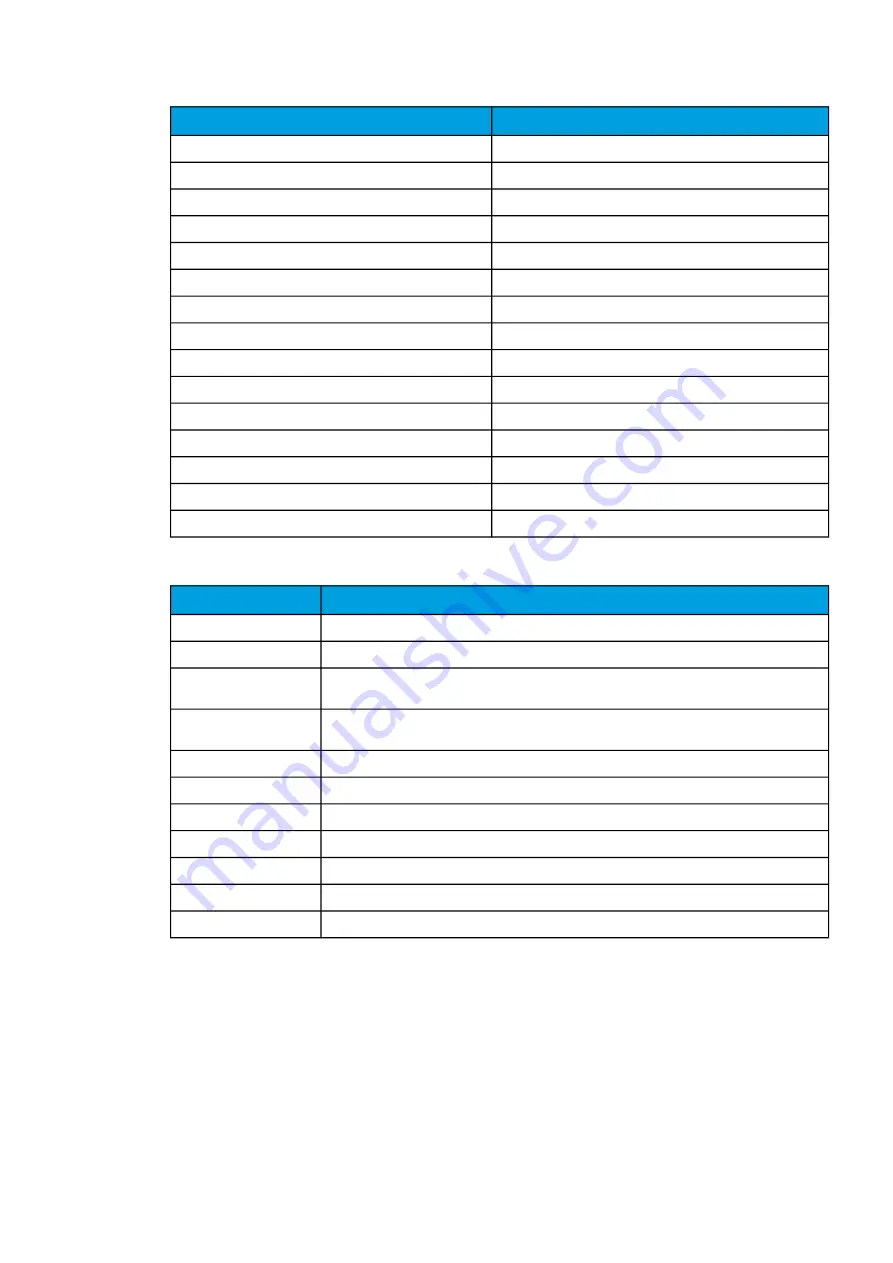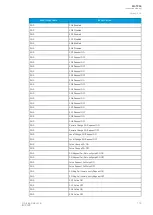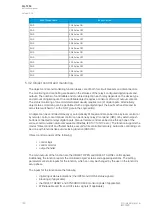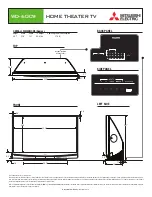
Event block name
Event names
OBJ10
Close Request OFF
OBJ10
Close Command ON
OBJ10
Close Command OFF
OBJ10
Open Blocked ON
OBJ10
Open Blocked OFF
OBJ10
Close Blocked ON
OBJ10
Close Blocked OFF
OBJ10
Object Ready
OBJ10
Object Not Ready
OBJ10
Sync Ok
OBJ10
Sync Not Ok
OBJ10
Open Command Fail
OBJ10
Close Command Fail
OBJ10
Final trip ON
OBJ10
Final trip OFF
Table. 5.4.2 - 113. Register content.
Name
Description
Date and time
dd.mm.yyyy hh:mm:ss.mss
Event
Event name
Recorded Object opening
time
Time difference between the object receiving an "Open" command and the object receiving the
"Open" status.
Recorded Object closing
time
Time difference between the object receiving a "Close" command and object receiving the
"Closed" status.
Object status
The status of the object.
WD status
The status of the withdrawable circuit breaker.
Open fail
The cause of an "Open" command's failure.
Close fail
The cause of a "Close" command's failure.
Open command
The source of an "Open" command.
Close command
The source of an "Open" command.
General status
The general status of the function.
5.4.3 Indicator object monitoring
The indicator object monitoring function takes care of the status monitoring of disconnectors. The
function's sole purpose is indication and does not therefore have any control functionality. To control
circuit breakers and/or disconnectors, please use the Object control and monitoring function. The
monitoring is based on the statuses of the configured relay's digital inputs. The number of monitored
indicators in a relay depends on the device type and available inputs. The status monitoring of one
monitored object usually requires two (2) digital inputs. Alternatively, object status monitoring can be
performed with a single digital input: the input's active state and its zero state (switched to 1 with a
NOT gate in the Logic editor).
A
AQ
Q-T256
-T256
Instruction manual
Version: 2.06
© Arcteq Relays Ltd
IM00028
193
Summary of Contents for AQ-T256
Page 1: ...AQ T256 Transformer protection IED Instruction manual...
Page 2: ......













































